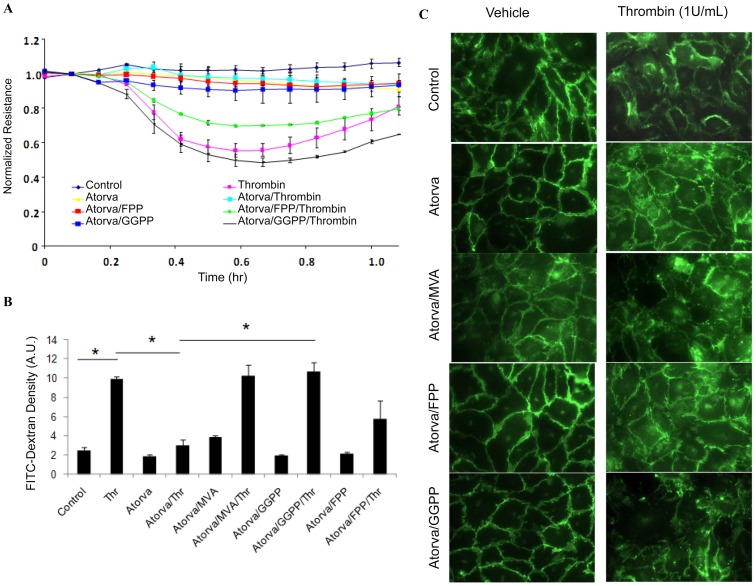Figure 4. Atorvastatin preserved endothelial barrier integrity.
(A) atorvastatin enhances endothelial cell junctional integrity. Changes in transendothelial electrical resistance (TER) were recorded by ECIS under varying conditions. Thrombin treatment caused a dramatic decrease in resistance, reaching a maximum at 30 min (40%), reflecting decreased junction integrity. Note that TER is preserved by treatment with atorvastatin prior to thrombin challenge, while co-treatment with GGPP (10 µM) but not by FPP (10 µM), attenuated the effect of atorvastatin. (B) HUVECs junction integrity was assessed by transwell permeability assay. Thrombin (1 U/mL) challenge caused a dramatic increase in HUVEC monolayer permeability, which was preserved by pretreatment with atorvastatin (10 µM). Similar to our ECIS results, atorvastatin-mediated preservation of cell junction integrity was reversed by MVA (100 mM, 16 h) and GGPP (10 mM, 16 h), but not FFP (10 mM, 16 h), * p<0.05. (C) Immunocytochemistry showed that atorvastatin pretreatment preserved VE-cadherin junctions against thrombin-challenge. Co-treatment with MVA (100 mM, 16 h) and GGPP (10 mM, 16 h), but not FFP (10 mM, 16 h) attenuated the protective effect of atorvastatin on VE-cadherin junctions.

